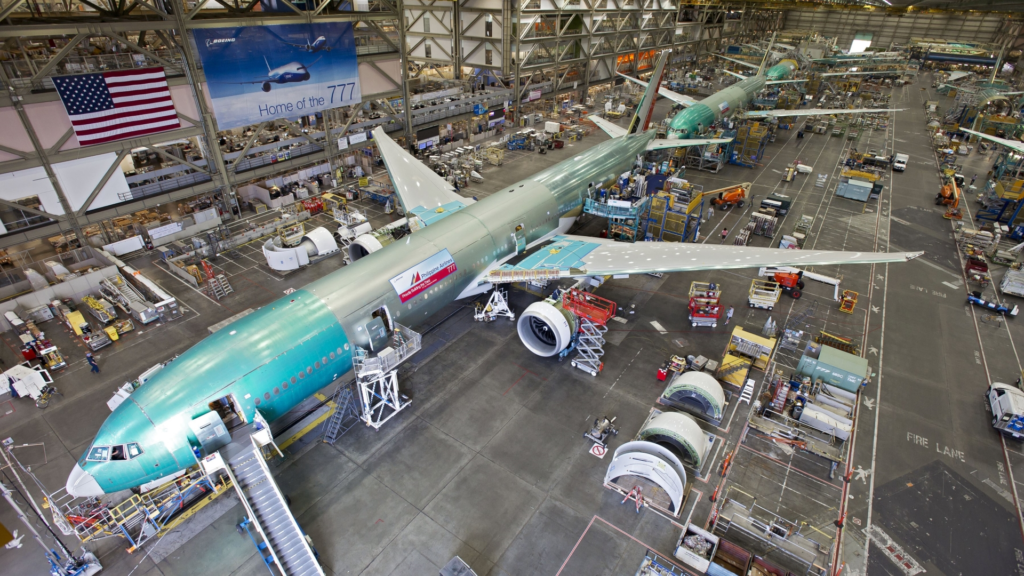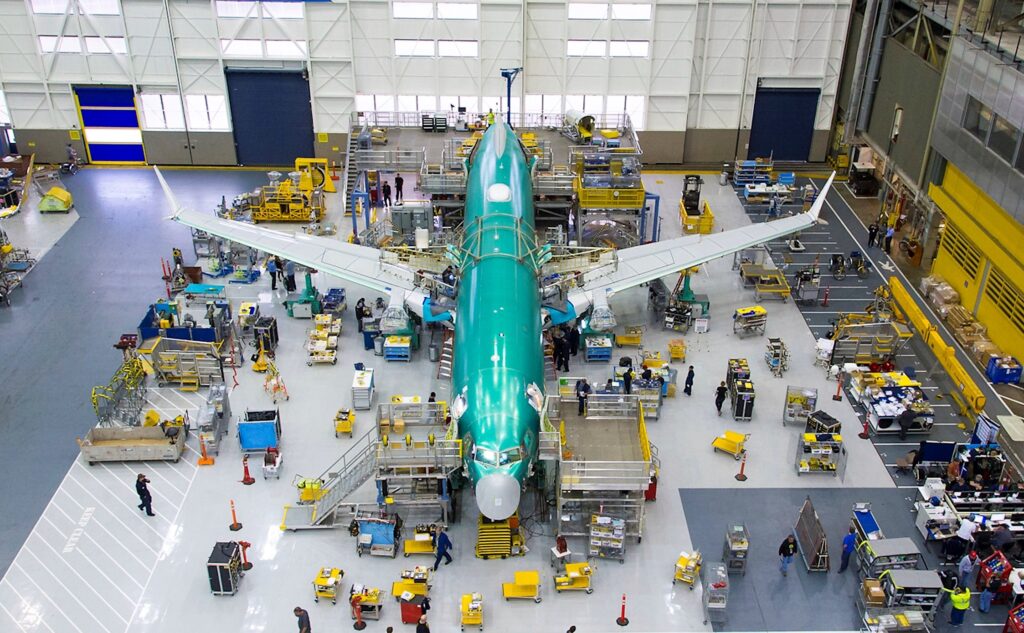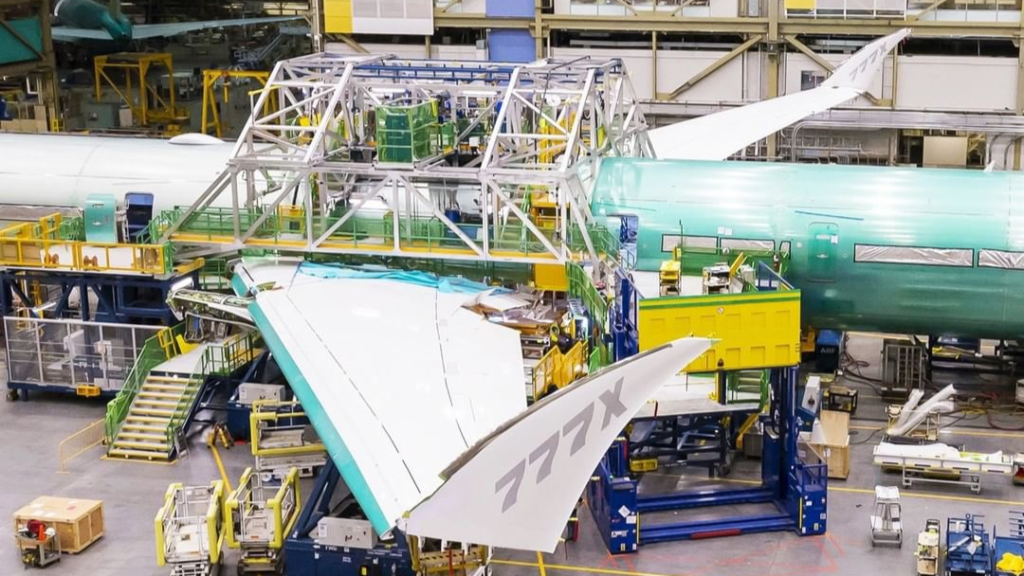SEATTLE- Boeing faces unprecedented scrutiny after a critical safety incident that shocked the aviation industry. On a January flight, a panel blew off an Alaska Airlines (AS) Boeing 737 MAX 9 (737-9), revealing systemic manufacturing problems at the aerospace giant.
The incident exposed severe manufacturing lapses at Boeing’s Renton, Washington factory. Investigators discovered four critical bolts were missing from the aircraft’s door plug during production, a potentially catastrophic oversight.

Boeing Using Faulty Parts
Federal agencies have intensified their investigation. The FAA has received over 200 whistleblower reports in the past year, detailing concerns about:
- Parts mismanagement
- Poor manufacturing practices
- Inadequate quality inspections
The Alaska Airlines flight, carrying 177 passengers, experienced a harrowing 14-minute ordeal when the panel blew off three miles above Portland. Remarkably, the plane landed safely with no serious injuries.
Boeing’s response has been tepid. The company claims it cannot locate paperwork explaining how a fundamentally compromised aircraft left its factory. In response to mounting pressure, Boeing hired a new CEO to “restore trust” in the organization.
A factory worker, Sam Mohawk broke his silence in a CBS News 60 Minutes show interview, providing an insider’s perspective on the company’s internal challenges.
During a CBS News interview, Sam Mohawk, a 13-year Boeing veteran, revealed systemic safety failures in the company’s manufacturing processes. His testimony highlighted a dangerous culture prioritizing production speed over safety protocols.
Key Revelations:
- Employees routinely bypassed quality control measures
- Faulty parts were frequently recycled back into aircraft production
- 42 flawed rudders went missing from the production system
- Production line operated under a “keep moving at all costs” mentality

Mohawk described the factory’s “parts jail” as a controlled storage area for defective components. However, workers frequently circumvented established protocols, removing problematic parts when quality control teams were absent.
His primary concern centered on potential long-term safety risks. Mohawk characterized the situation as “Russian roulette,” suggesting that non-conforming parts might not immediately cause catastrophic failures but could compromise aircraft longevity and passenger safety.
Further, the whistleblower’s claims align with broader industry scrutiny following the January Alaska Airlines incident, where a door plug panel detached mid-flight. Mohawk was notably unsurprised by the event, viewing it as an inevitable consequence of systemic manufacturing lapses.
Mohawk’s testimony mirrors earlier claims by John Barnett, another Boeing whistleblower who alleged management pressured workers to ignore FAA regulations, particularly regarding defective part tracking.

Whistleblower Attorney Remarks
Rob Turkewitz, an attorney representing Boeing whistleblowers, detailed the story of John Barnett, a dedicated Boeing quality manager who collected over 3,000 internal documents exposing critical safety concerns.
Barnett’s Legal Battle and Tragic End:
- Prepared comprehensive documentation of Boeing’s manufacturing issues
- Scheduled to complete final depositions on March 9
- Found deceased in his truck with a self-inflicted gunshot wound
- Was 62 years old at the time of his death
Family Perspective: Barnett’s mother, Vicki, described his frustration with unresponsive management. His brother Michael highlighted John’s unwavering commitment to exposing safety failures, quoting him: “It’s the right thing to do. Who else is gonna do it?”
Merle Meyers, Another Whistleblower:
- 30-year Boeing veteran and former parts inspector
- Discovered defective 787 landing gear axles being recycled
- Confirmed systematic parts manipulation driven by production schedules
Critical Manufacturing Malpractices:
- Scrap parts marked with red spray paint were routinely reintroduced
- Parts were chemically cleaned to remove identifying markings
- Workers circumvented quality control to maintain production timelines
Meyers revealed a disturbing practice of cleaning and reusing corroded, scrapped parts that were originally deemed unfit for use. The parts, initially marked with red spray paint to indicate they should be discarded, were cleaned and potentially reintegrated into aircraft production.
Barnett’s death inspired other Boeing workers to come forward, highlighting a culture of prioritizing production speed over critical safety protocols.
Stay tuned with us. Further, follow us on social media for the latest updates.
Join us on Telegram Group for the Latest Aviation Updates. Subsequently, follow us on Google News

